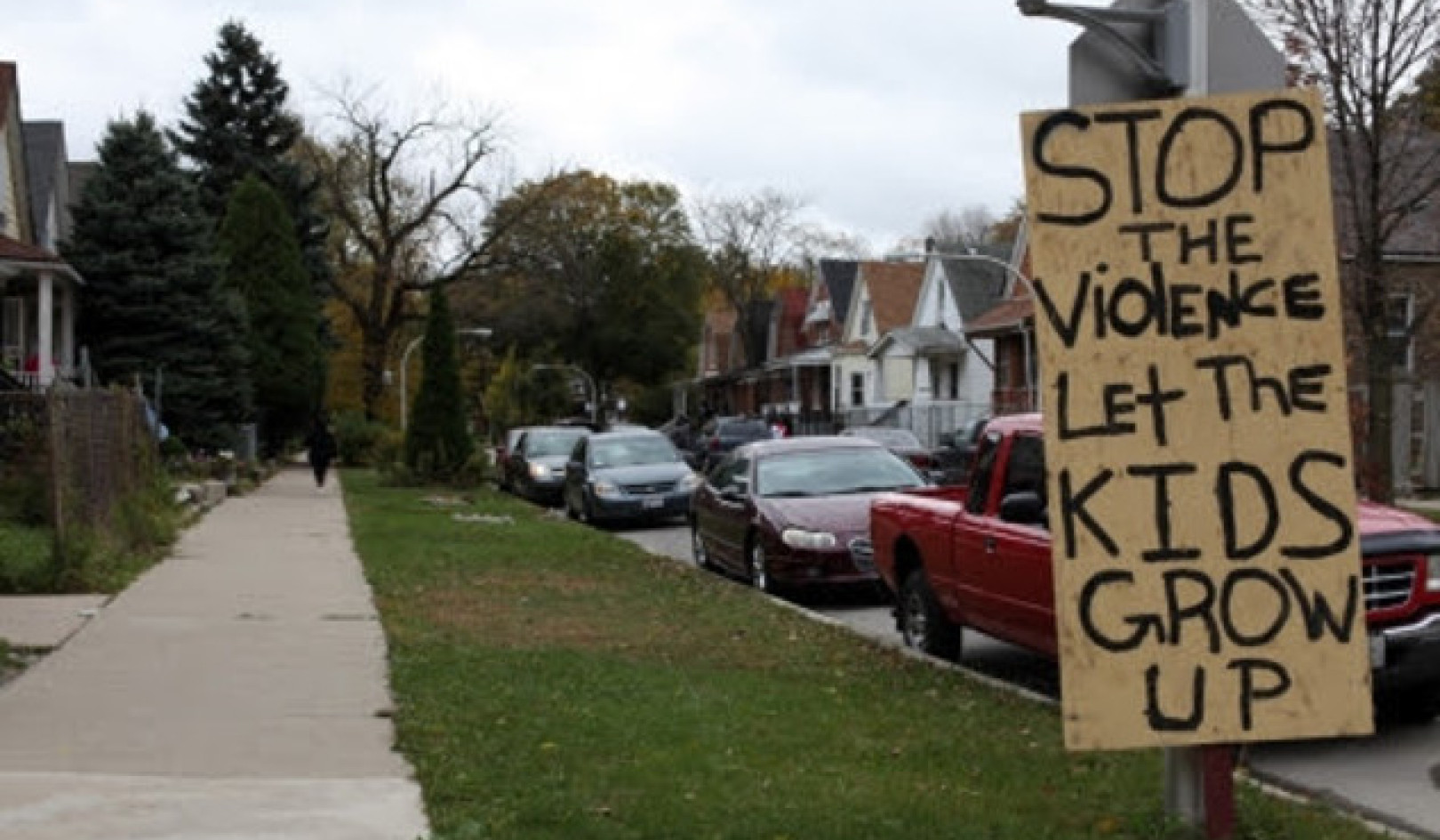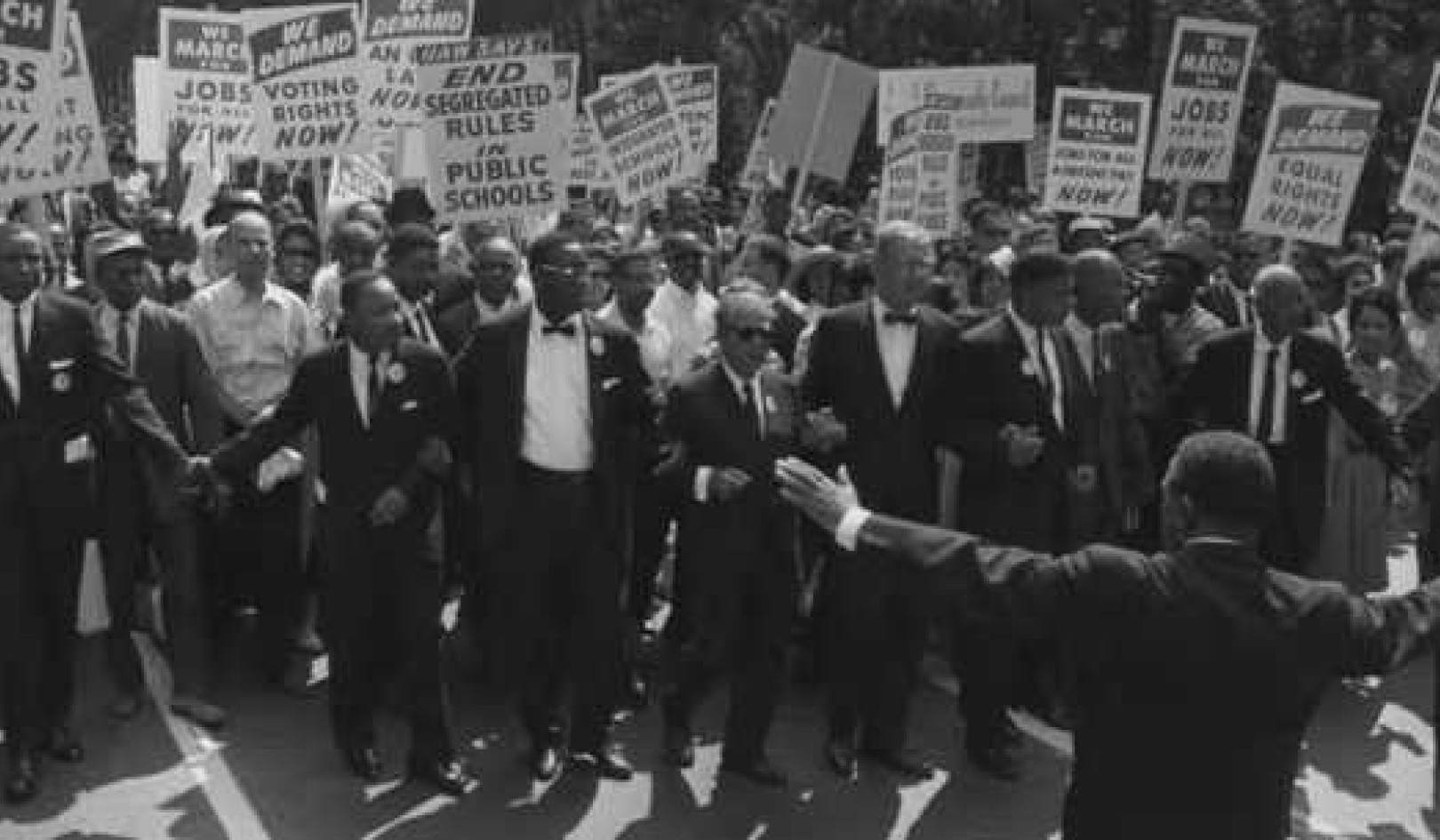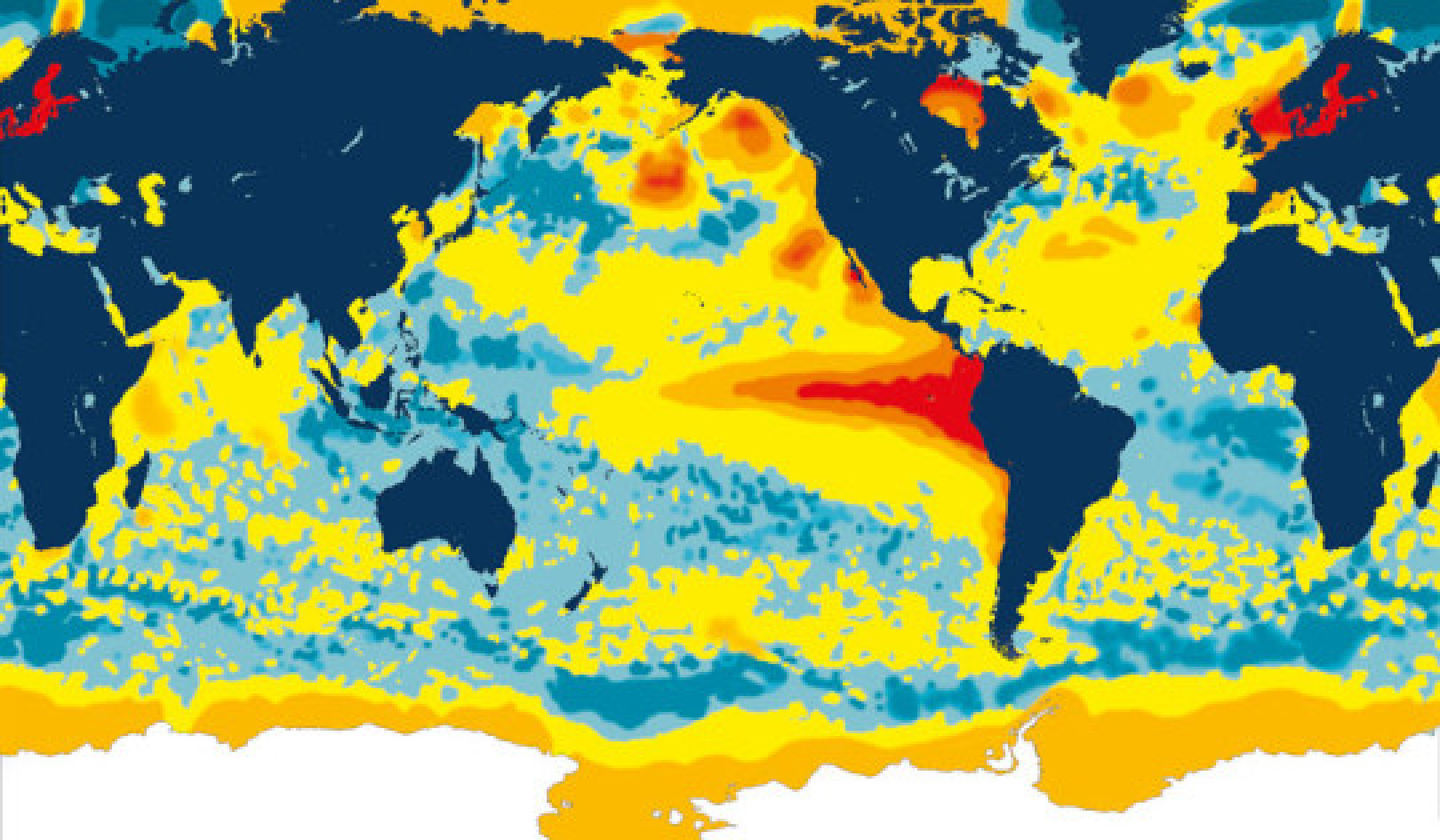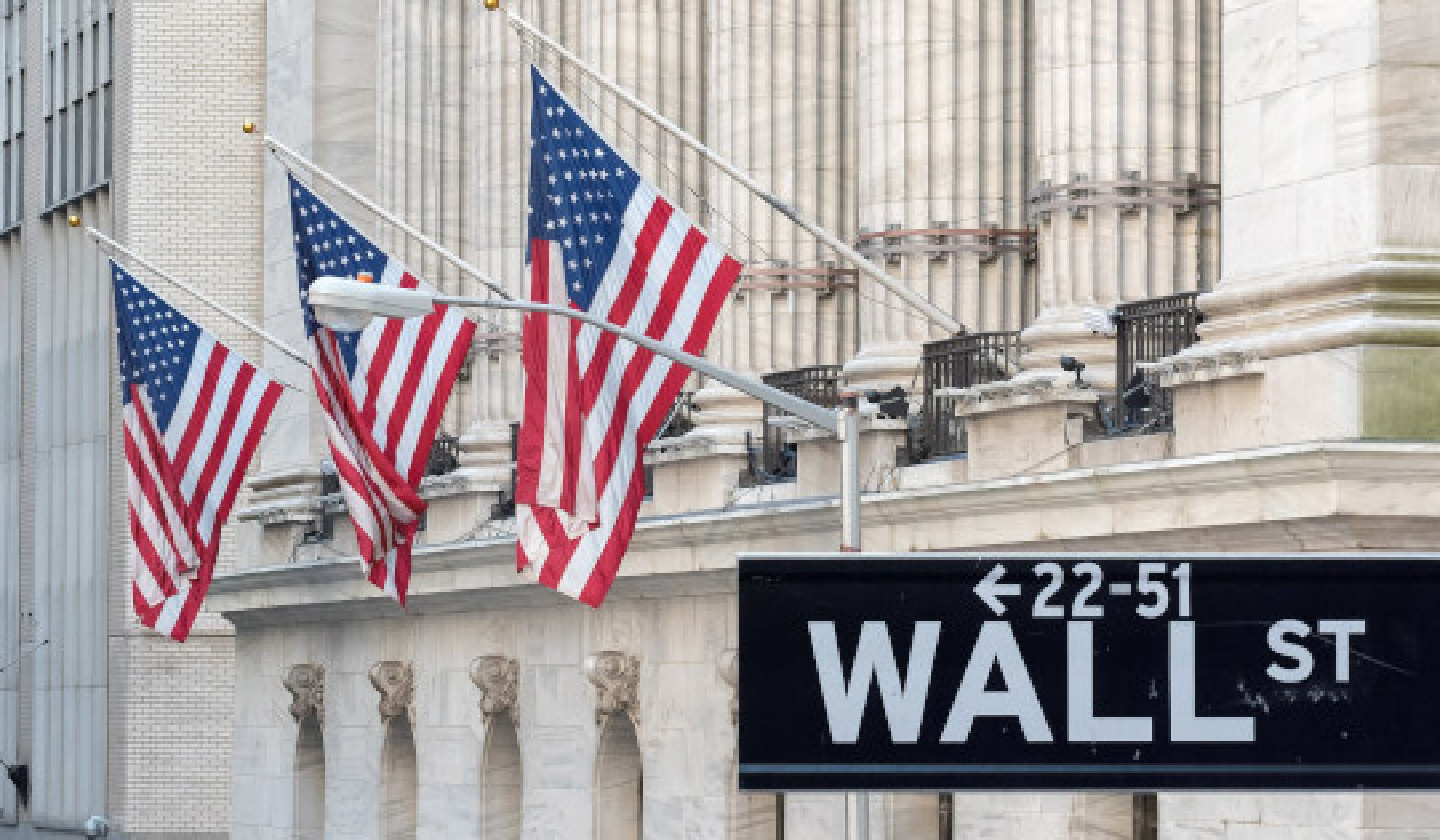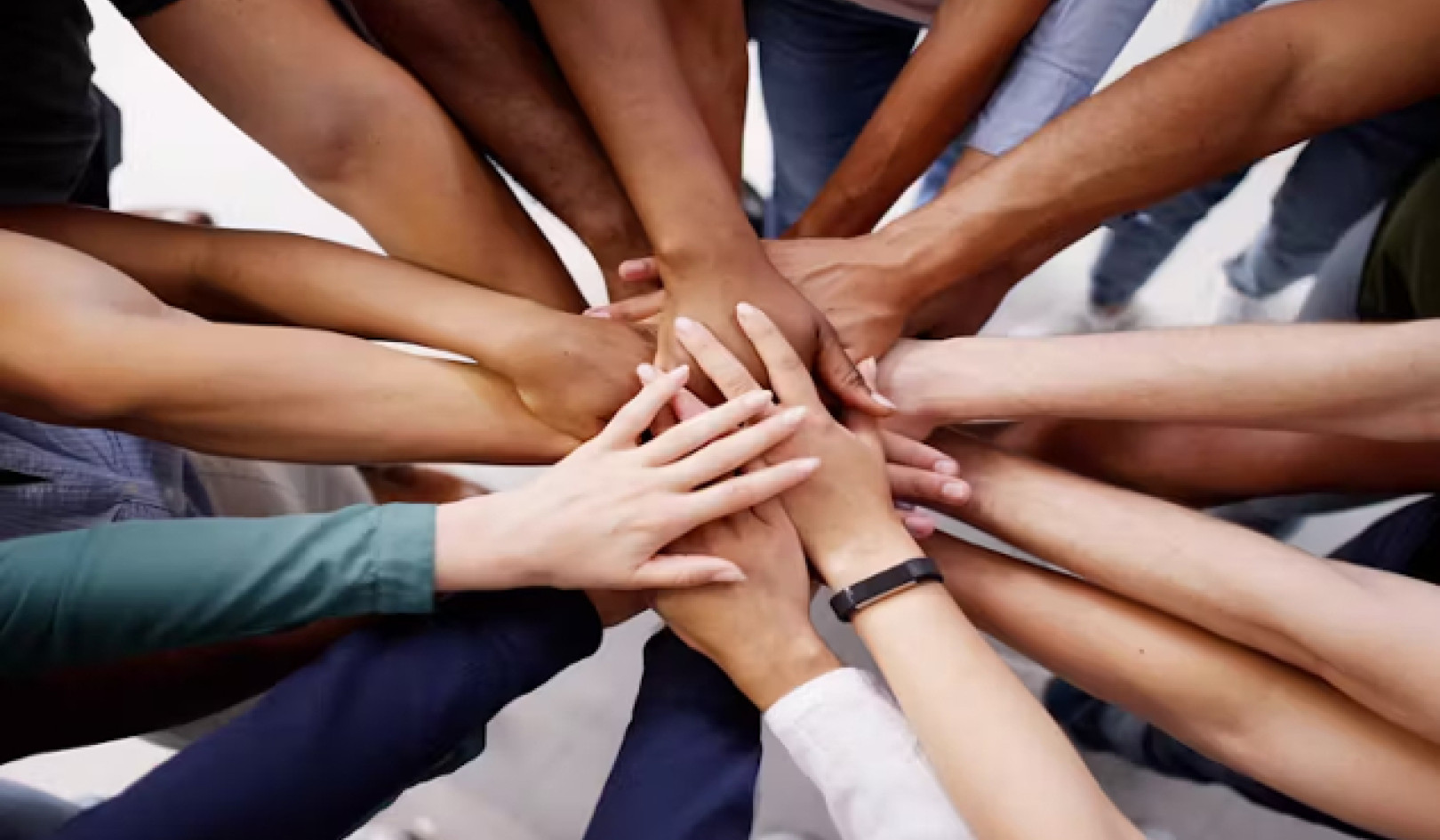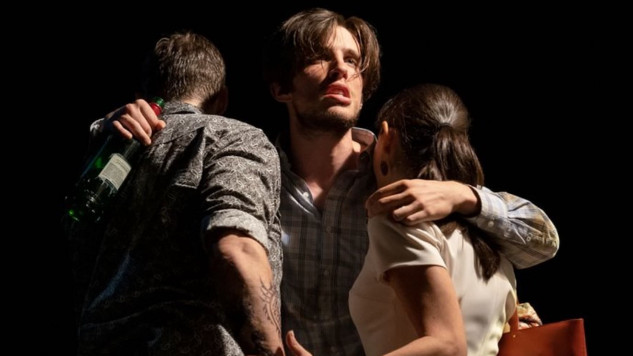
In their 1997 book, "The Fourth Turning: An American Prophecy," authors William Strauss and Neil Howe introduce the idea that historical events follow specific patterns called "saecula." Each saeculum spans roughly 80 to 90 years, shaping collective experiences and generational shifts. Each saeculum is divided into four distinct generational archetypes or "turnings" lasting about 20-22 years.
The years and turnings laid out by Strauss and Howe are more heuristic than strict scientific fact, intended as a lens through which we view and interpret societal patterns. Nevertheless, they are fascinating tools for understanding collective moods and actions over time. Here are some historical examples of the beginning years of Fourth Turnings as identified by Strauss and Howe:
The War of the Roses: A Classic Fourth Turning
While Strauss and Howe focus primarily on American history, the War of the Roses is a compelling example of a Fourth Turning event outside the American context. Unfolding between 1459 and 1487, this English civil war pitted the houses of Lancaster and York against each other in a bloody contest for the throne. The political instability and social unrest created an atmosphere of pervasive crisis.
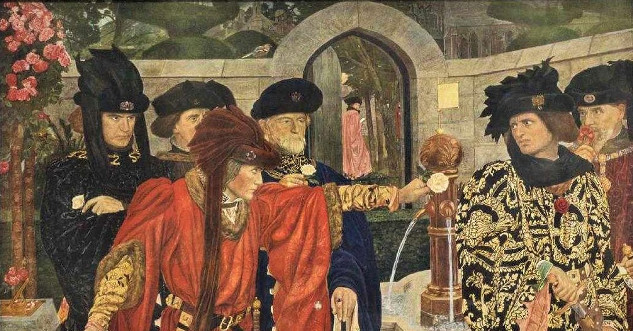
It wasn't just a battle for control among royal factions but a struggle that implicated the very fabric of English society, affecting everything from governance structures to everyday life. The period it has epitomized hallmarks of a Fourth Turning: a time of turmoil, destruction, and, ultimately, transformation.
The War of the Roses illustrates that the Fourth Turning model has broader applicability. The end of this tumultuous period established a new world order under the Tudor dynasty. Henry VII ascended the throne, married Elizabeth of York, and united the warring houses. His reign heralded a new chapter for the monarchy and significant shifts in English politics, economy, and social dynamics.
The power of the nobility was curtailed, centralized governance was strengthened, and the stage was set for England's eventual emergence as a significant European power. The upheavals led to relative stability and growth, fitting the Fourth Turning model of crisis, leading to renewal and a new societal order.
The American Revolution: A Defining Fourth Turning
The period from 1775 to 1783, marked by the American Revolutionary War, was a turning point in the fight for independence and in shaping a new national identity. This epoch encapsulates what Strauss and Howe call a Fourth Turning—an era of crisis that culminates in significant change and rejuvenation.
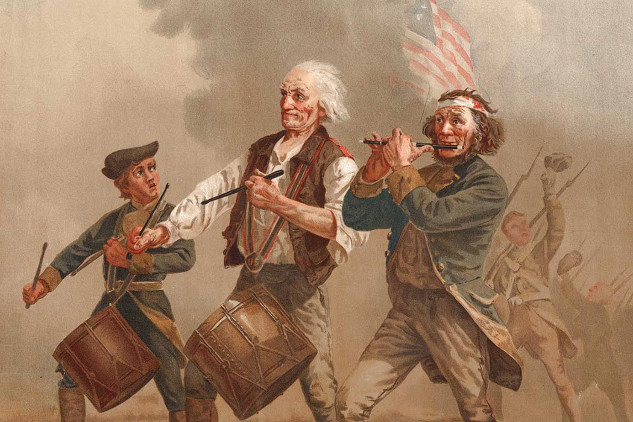
Long-standing disagreements with the British Empire over matters like taxes and self-rule gradually intensified, ultimately exploding into a conflict that would redefine the future of the American colonies. Various economic, political, and ideological factors collided, forcing individuals and communities to make profoundly challenging moral and pragmatic decisions.
As is characteristic of Fourth Turnings, the American Revolution concluded with a sweeping transformation that extended beyond the battlefield. The creation and implementation of the U.S. Constitution in 1787 was more than just the legal groundwork for a new country; it represented a revolutionary approach to governance and civic duty.
By introducing a federal system and checks and balances and enshrining fundamental freedoms, this essential document didn't just shape a developing nation; it laid down principles that would impact democratic systems globally. In this, the Fourth Turning came full circle: a new societal order emerged through crisis and struggle, forever altering the course of American—and global—history.
The American Civil War: A Crisis and Renewal of the Nation's Soul
The American Civil War, lasting from 1861 to 1865, serves as a quintessential instance of what Strauss and Howe term a Fourth Turning in the U.S. historical narrative. This tumultuous time ripped through the nation's social and moral fabric, setting family members against each other in a brutal struggle rooted in deep-seated disagreements over slavery, states' autonomy, and the definitions of freedom and equality. The war represented a climax where long-standing tensions and unaddressed issues in the American experience reached a critical mass.
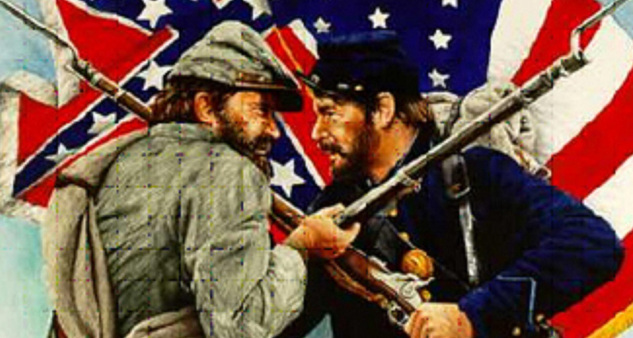
Cities were laid to siege, families were broken apart, and the country endured bloodshed that remains unparalleled in its history. This time's societal disarray and moral dilemmas epitomized the essence of a Fourth Turning: a critical, existential crisis that demanded collective action and individual sacrifice.
Following the cessation of armed hostilities, the Reconstruction period signaled a significant shift in the U.S., especially concerning civil liberties. The ratification of the Thirteenth, Fourteenth, and Fifteenth Amendments marked a groundbreaking moment, abolishing forced labor, granting national membership to those born or granted citizenship within the U.S., and making strides to uphold the electoral participation of African Americans.
This era went beyond merely restoring the previous state of affairs; it aimed to construct a more equitable society from its foundations. Despite various setbacks and limitations, the foundational impact of Reconstruction on shaping contemporary America is impossible to ignore. Its transformative legal and social reforms laid the foundation for civil rights activism that would emerge a century later, conforming to the Fourth Turning's cycle of crisis and renewal. Thus, the American Civil War's impact and its aftermath continue reverberating through American society today.
The Great Depression and World War II: A Global Fourth Turning
The period from 1929 to 1946 saw the world grappling with two seismic events—the economic downturn of the Great Depression followed by the geopolitical struggle of World War II—that together meet the qualifications of a Fourth Turning. The Great Depression was not just a financial slump; it shattered the social and mental frameworks that held societies together. Joblessness surged, queues for food grew longer, and an air of hopelessness spread internationally.
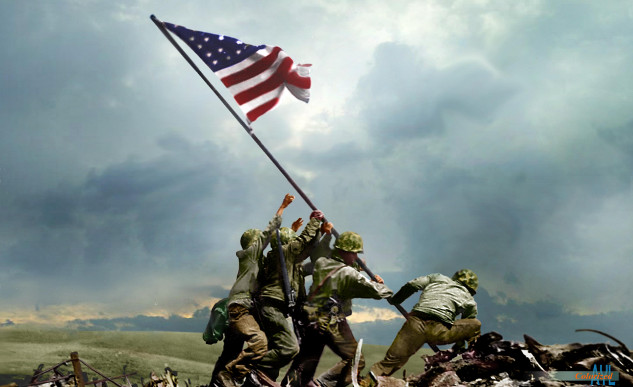
This crisis led to a profound questioning of capitalism and democratic governance, pushing countries to the edge and creating an opening for extreme sociopolitical movements. When global recovery appeared on the horizon, another calamity unfolded: World War II. This wasn't just a conflict over land or power but a clash of beliefs, setting democracy against fascism and liberty against totalitarian rule.
The years following the global conflict, marking the final phase of a Fourth Turning, initiated lasting shifts in international governance, financial systems, and social welfare programs. Among the groundbreaking changes was the creation of the Bretton Woods framework, which has since shaped global financial interactions. The establishment of the United Nations in 1945 also symbolized a unified dedication to peace, diplomatic resolutions, and human rights protection. These entities were conceived to avert the devastating lapses that had resulted in economic downfall and worldwide discord.
On a national scale, numerous countries, especially the United States, instituted extensive social welfare programs and economic reforms, like the New Deal initiatives. These reforms represented a global consensus that the old structures were unsustainable and that a new international arrangement was necessary. In keeping with the patterns of a Fourth Turning, the challenges posed by the Great Depression and World War II led to epochal transformations that continue to impact our lives.
The Millennial Era: Navigating the Current Fourth Turning
The economic downturn in 2008 did more than unsettle financial markets; it shattered the facade of an unshakeable, continuously thriving world, marking the onset of a new Fourth Turning. Expected to continue until the late 2020s or early 2030s, this era is fraught with complex societal and global challenges, ranging from widening wealth disparity and heightened political division to existential crises like climate change and digital security threats.
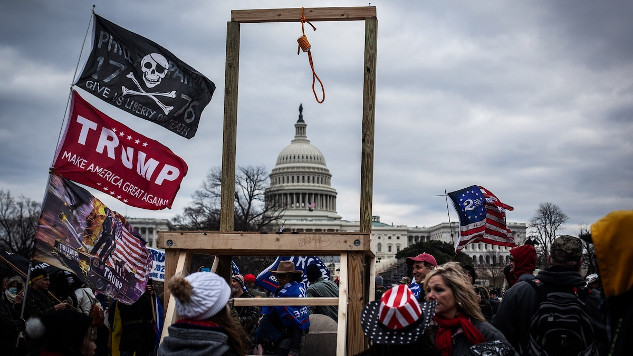
As is typical in Fourth Turnings, the scene is primed for transformative changes whose outcomes, though unpredictable, are also unavoidable. Millennials, who are reaching maturity during this turbulent period, are both propelling and experiencing these significant societal shifts. Along with following generations, they are charged with steering through an increasingly intricate and unstable world, setting the stage for a renewed societal structure that will rise from the remnants of the previous one.
While predicting specific outcomes is challenging, the broad themes of upheaval and change that typify Fourth Turnings are apparent. Amid this vagueness lies the potential for meaningful societal transformation. The difficulties faced in this era—whether in public health, illustrated by the COVID-19 crisis, or social equity, as evidenced by global campaigns pushing for justice—provide avenues for reevaluating and overhauling traditional systems.
There's a growing realization that existing methods are no longer viable, pushing communities to evolve and adjust. Although the path forward is laden with obstacles, the spirit of a Fourth Turning implies that this tumultuous period will ultimately give way to a revamped world—a more just, equitable, and durable reality that ideally will supersede the previous one.
A New Kind of Conflict in This Fourth Turning
Traditionally, Fourth Turnings have been characterized by palpable, often violent conflicts, whether wars, revolutions, or civil unrest. However, the current Fourth Turning might break the mold by centering around a less tangible but no less existential threat: climate change. Unlike the defined enemies and clear battle lines of previous turnings, the fight against climate change presents a conflict everywhere and nowhere, implicating everyone yet difficult to personify.

This global crisis doesn't just pit nation against nation or people against their governments; it challenges humanity to confront its unsustainable habits and the systems that perpetuate them. The stakes couldn't be higher, as the very habitability of our planet hangs in the balance, making this the most universal Fourth Turning conflict we have ever faced. What's particularly interesting about viewing the fight against climate change as the defining conflict of this Fourth Turning is the kind of transformation it necessitates.
Addressing these challenges is more complex and calls for a foundational reassessment of our lifestyles, employment, and governance models. What's needed is a comprehensive societal transformation that includes switching to renewable energy sources, embracing sustainable farming practices, and adopting a circular economic model, among other significant changes.
This Fourth Turning is not just a period of crisis but a crucible for innovation and systemic change. As with any crisis, the challenges and the outcomes are uncertain, but suppose that history and the theory of Fourth Turnings are a guide. In that case, new societal orders are forged in such crucible moments, offering hope that the global community will rise to the challenge and emerge more resilient and sustainable than before.
Why Does The Fourth Turning Matter?
Understanding the Fourth Turning model gives us a framework to appreciate history's cyclical nature better. This perspective illustrates that crises are unavoidable and crucial in molding a society's ethos and inhabitants. The goal isn't to provoke apprehension but rather to encourage a mindset geared towards readiness and intentionality. After all, lasting solutions and transformations often emerge through crisis.
The Fourth Turning theory suggests that society is due for a period of upheaval and potentially transformative change. Awareness of this pattern might influence how we interpret current events and best prepare for the future as individuals and as a society.
Actionable Insights
Although the concept of the Fourth Turning might appear deterministic, it also opens the door for active involvement. Realizing you're in such a cycle can motivate you to influence societal shifts positively. It's an invitation to remain vigilant, become well-informed, and make decisions that positively impact what comes next. Regardless of your views on the Fourth Turning theory, its core takeaway is straightforward: Change is a given, but how we manage that change is our choice.
The essence of the Fourth Turning, characterized by disruption and transformation, is very much present today. The Millennial generation stands at the forefront, uniquely equipped to navigate this tumultuous period. With greater diversity, interconnectivity, and adaptability than their predecessors, they are also encouraged by idealism and a readiness to tackle significant hurdles.

I hold a positive outlook that Millennials will seize this critical juncture to facilitate the creation of a world that is more fair, balanced, and mindful of long-term sustainability. The Fourth Turning encapsulates both immense potential and considerable peril. How we react to it will shape our collective future.
Related Book: The Fourth Turning Is Here
The Fourth Turning Is Here: What the Seasons of History Tell Us about How and When This Crisis Will End
Written by Neil Howe
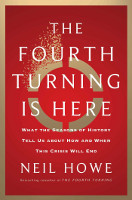 In this groundbreaking sequel to The Fourth Turning, Neil Howe revisits his and the late William Strauss's influential theory on the cyclical nature of American history, suggesting that we are currently navigating a Fourth Turning—a time of great civic unrest and transformation. Rooted in patterns that have surfaced over the last five centuries, modern history operates in cycles lasting around 80 to 100 years, subdivided into four distinct eras or "turnings."
In this groundbreaking sequel to The Fourth Turning, Neil Howe revisits his and the late William Strauss's influential theory on the cyclical nature of American history, suggesting that we are currently navigating a Fourth Turning—a time of great civic unrest and transformation. Rooted in patterns that have surfaced over the last five centuries, modern history operates in cycles lasting around 80 to 100 years, subdivided into four distinct eras or "turnings."
Each era shapes the next, with the Fourth Turning being the most critical, characterized by societal upheaval on a scale comparable to transformative periods like the New Deal, World War II, or the Civil War. As we inch closer to the 2030s, Howe posits that we're approaching a climax of this current cycle, one fraught with risks but also rich with opportunities for societal renewal.
He emphasizes that all generations have a vital role in this impending resolution, either steering us toward ruin or renewal. "The Fourth Turning Is Here" delves into the historical underpinnings and generational personalities to offer a roadmap for the challenges we'll collectively face, aiming to empower communities and families to confront these impending trials head-on.
For more info and/or to order this book, click here.
About the Author
 Robert Jennings is co-publisher of InnerSelf.com with his wife Marie T Russell. He attended the University of Florida, Southern Technical Institute, and the University of Central Florida with studies in real estate, urban development, finance, architectural engineering, and elementary education. He was a member of the US Marine Corps and The US Army having commanded a field artillery battery in Germany. He worked in real estate finance, construction and development for 25 years before starting InnerSelf.com in 1996.
Robert Jennings is co-publisher of InnerSelf.com with his wife Marie T Russell. He attended the University of Florida, Southern Technical Institute, and the University of Central Florida with studies in real estate, urban development, finance, architectural engineering, and elementary education. He was a member of the US Marine Corps and The US Army having commanded a field artillery battery in Germany. He worked in real estate finance, construction and development for 25 years before starting InnerSelf.com in 1996.
InnerSelf is dedicated to sharing information that allows people to make educated and insightful choices in their personal life, for the good of the commons, and for the well-being of the planet. InnerSelf Magazine is in its 30+year of publication in either print (1984-1995) or online as InnerSelf.com. Please support our work.
Creative Commons 4.0
This article is licensed under a Creative Commons Attribution-Share Alike 4.0 License. Attribute the author Robert Jennings, InnerSelf.com. Link back to the article This article originally appeared on InnerSelf.com

Related Books:
The Future We Choose: Surviving the Climate Crisis
by Christiana Figueres and Tom Rivett-Carnac
The authors, who played key roles in the Paris Agreement on climate change, offer insights and strategies for addressing the climate crisis, including individual and collective action.
Click for more info or to order
The Uninhabitable Earth: Life After Warming
by David Wallace-Wells
This book explores the potential consequences of unchecked climate change, including mass extinction, food and water scarcity, and political instability.
Click for more info or to order
The Ministry for the Future: A Novel
by Kim Stanley Robinson
This novel imagines a near-future world grappling with the impacts of climate change and offers a vision for how society might transform to address the crisis.
Click for more info or to order
Under a White Sky: The Nature of the Future
by Elizabeth Kolbert
The author explores the human impact on the natural world, including climate change, and the potential for technological solutions to address environmental challenges.
Click for more info or to order
Drawdown: The Most Comprehensive Plan Ever Proposed to Reverse Global Warming
edited by Paul Hawken
This book presents a comprehensive plan for addressing climate change, including solutions from a range of sectors such as energy, agriculture, and transportation.





















